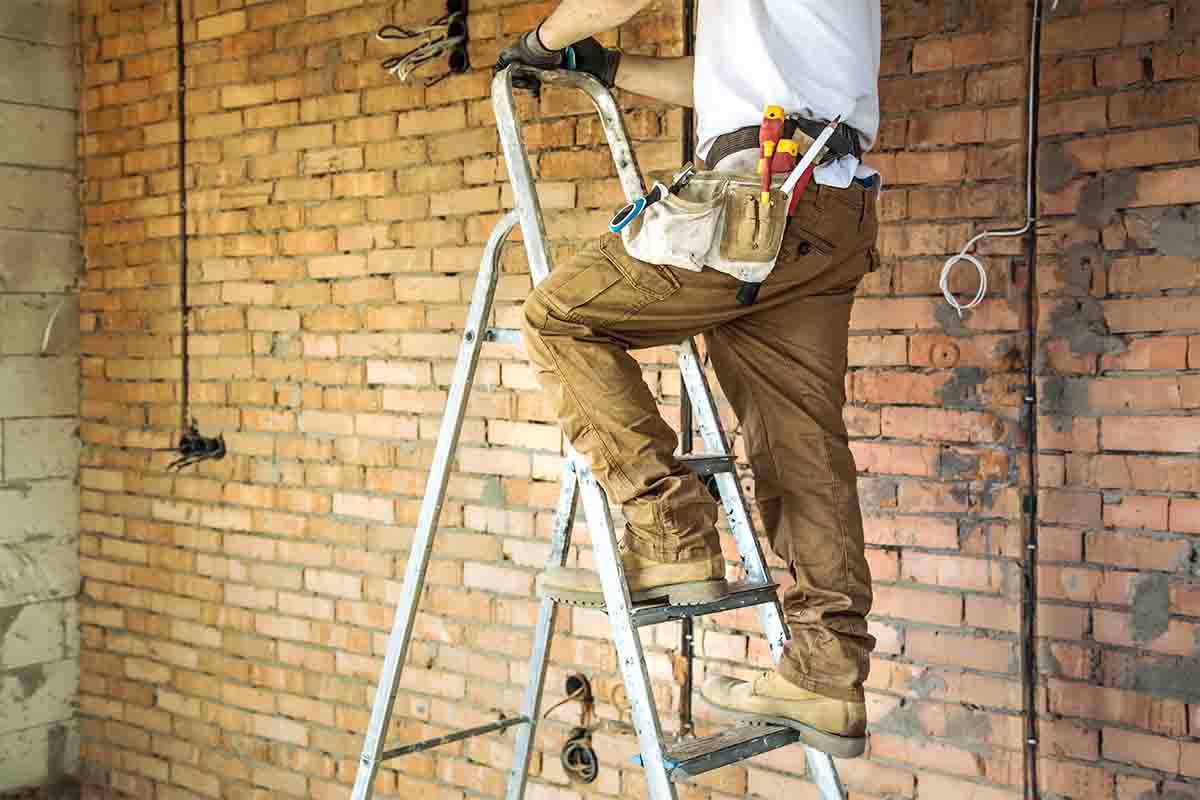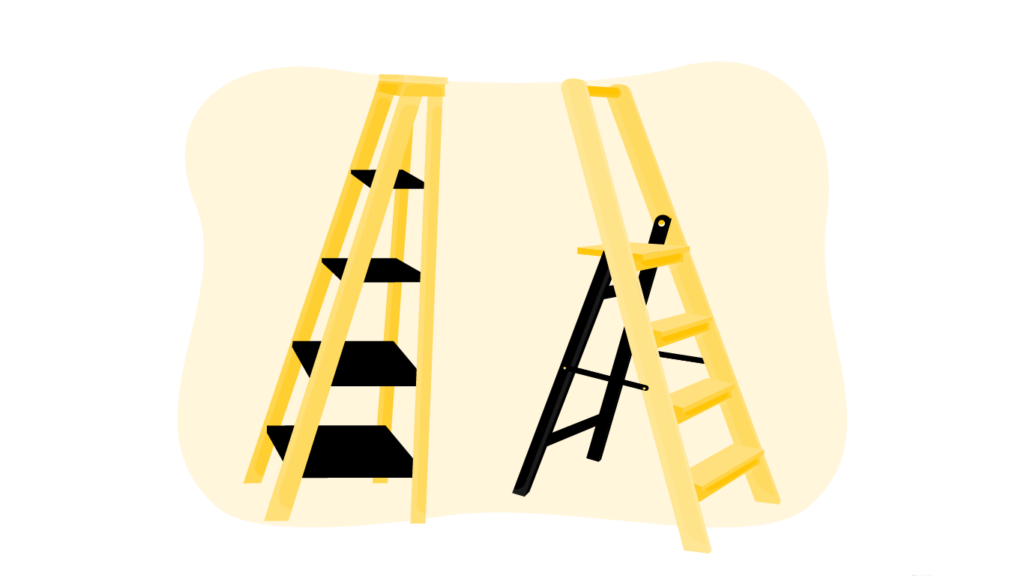Ladder Safety Toolbox Talk

Ladders are often used on construction sites to help workers reach higher places. But, while ladders can be helpful tools, they can also be dangerous if not used safely. In order to stay safe while using a ladder on a construction site, this article explains the hazards and potential injuries that you can experience. It also offers advice and a ladder safety toolbox talk that you can share with colleagues to better understand how to stay safe.
Here are some stats about ladder safety that show you the importance of being careful on site:
- In 2020, ladders were the primary source behind 161 fatal work injuries
- This included 105 deaths specifically from movable ladders during that year, and 5 deaths from fixed ladders.
A broken ladder can be replaced. You can’t

Why is ladder safety important?
Ladder safety is important on a construction site because it helps prevent injuries and accidents from occurring. If you don’t use it correctly, the ladder can be hugely dangerous. Some common injuries that can occur when using a ladder include falls, slips, and contact with electrical wires.
To avoid these types of injuries, it is important to follow the proper safety precautions when using a ladder. These precautions include using the correct ladder for the task, ensuring the ladder is in good condition, and following the manufacturer’s instructions.
OSHA regulations for ladder safety
The main regulation relating to ladder safety from OSHA is:
It gives guidance on the maximum loads for ladders, approved design parameters and requirements on how employees should use ladders in the workplace. OSHA has also published a guide to their rules regarding ladders and stairways in general.
Ladder safety hazards
Ladders can be hazardous in the workplace if they are not used properly. Some common hazards associated with ladders include:
- Slips and falls: Slips and falls are by far the most common hazard associated with ladders. Ladders can be very slippery, especially when wet. Make sure you use a ladder that has a good grip..
- Injuries from falling: Falls from ladders can cause serious injuries. Make sure you use a ladder that is the correct height for the task at hand and always use a ladder stand or stabilizer when possible.
- Caught in between: If two people are using a ladder at the same time, there is a risk of one person getting caught in between the ladder and the wall or object it is leaning against. Make sure there is plenty of room between the ladder and the object to prevent this from happening.
Ladder safety talk
Working with ladders can be dangerous if you’re not careful. Here are some tips to help keep you safe while using ladders on a construction site:
1. Make sure the ladder is in good condition before using it. Look for any damage or signs of wear, and fix any problems before using the ladder.
2. Check the footing before setting up the ladder. The surface should be firm and level, and free of debris or obstructions.
3. Use the correct ladder for the job. Don’t use a short ladder when you need a tall one, for example.
4. Secure the ladder properly before climbing up. Make sure the feet are firmly planted, and that there’s no chance of the ladder slipping or tipping over.
5. Climb and work with caution. Move slowly and don’t overexert yourself. Have a coworker spot you if needed.
6. When climbing a ladder, always keep three points of contact. This means having one hand and two feet or two hands and one foot in contact with the ladder at all times.
7. When reaching for something, don’t stretch too far out on the ladder. Instead, take a step down to get closer to what you need to reach.
8. Don’t stand on the top rung of a ladder – this increases your chances of falling off.
9. Always keep your center of gravity over the feet of the ladder – this will help keep you stable while climbing or working on the ladder.
Common ladder fall causes
- Failing to inspect and maintain the ladder
- Undertaking unsafe actions on the ladder
- Using the wrong ladder for the job.

Ladder injuries
Ladder falls can cause a number of injuries, including:
- cuts and lacerations
- broken bones
- head injuries
- spinal cord injuries
- internal injuries
In addition, by dropping items from height, you can injure other people on site. These issues include head injuries.
Questions to employees
1. What are the common causes of ladder accidents?
2. What are the hazards associated with using ladders?
3. How can you safely use a ladder on a construction site?
4. What should you do if you feel unsafe while using a ladder?
Promote ladder safety with this email template
Hello colleagues,
In order to stay safe on the job site, it is important to follow ladder safety guidelines. Here are a few tips to keep in mind:
- Always use a ladder that is the correct height for the task at hand. Do not try to stretch or shorten a ladder to make it fit.
- Make sure the ladder is stable before using it. The base of the ladder should be flat and level, and there should be no objects nearby that could cause the ladder to fall over.
- When climbing a ladder, always face the ladder and keep your feet flat on the rungs. NEVER stand on the top step or lean too far over the side.
- If you need to take a load up a ladder, use a handline to pull it up. You should not hold anything that will impede your ability to maintain full control while climbing or descending the ladder.
Following these guidelines will help ensure safe and accident-free work conditions while using ladders. If you have any questions, please ask your supervisor. Thank you for your cooperation!
Video on ladder safety
Ladder safety meme
Conclusion
It is important for workers on construction sites to be aware of ladder safety. By following the proper safety procedures, workers can avoid injuries and accidents. Ladder safety is essential for keeping workers safe on the job site. This ladder safety toolbox talk is essential for instilling safe practices in your workforce.


